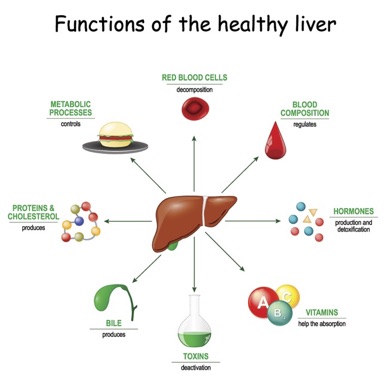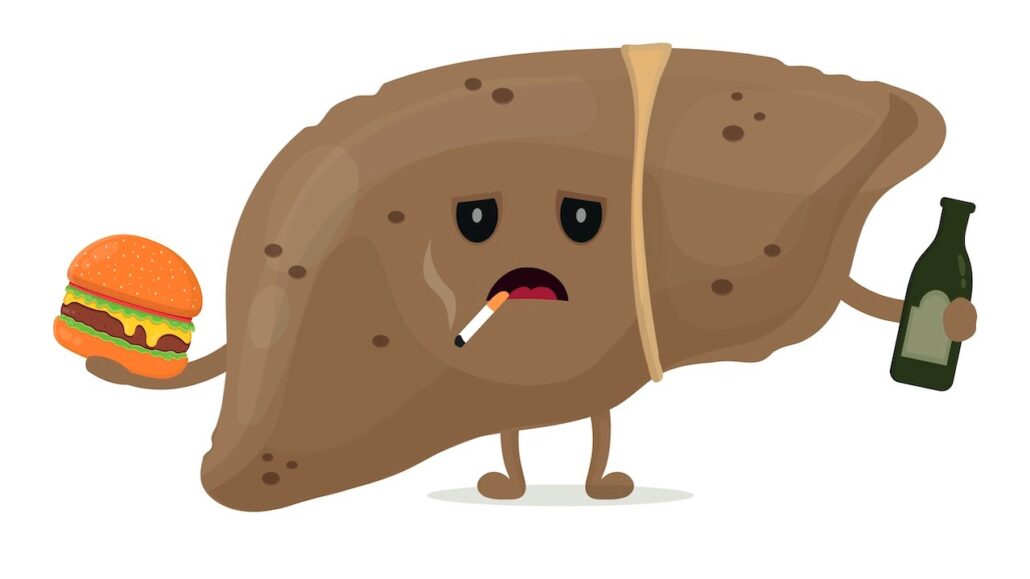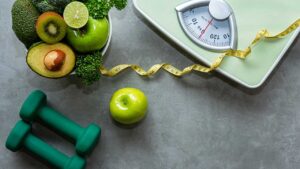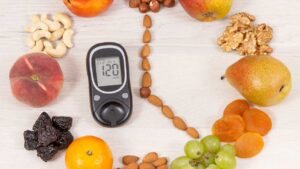Of all the organs in your body, your liver is the most multi-talented. Your heart pumps blood, your lungs transfer oxygen and carbon dioxide between blood and air, your intestines extract nutrients from food, your brain connects inputs to outputs and translates decision into action. All vital, but comparatively single-minded operations.
The liver, on the other hand,
- breaks down toxins (drugs, alcohol, debris from the breakup of cells and bacteria, waste products) from the blood,
- packages fat into lipoproteins for transport throughout the body,
- stores energy between meals by packing glucose molecules into glycogen, then breaks up that glycogen into glucose as needed to keep blood sugar levels from getting too low,
- creates glucose from other proteins or one of the components of fat as needed,
- converts glucose into fat as an alternative fuel and for energy storage,
- converts fructose into glucose and fat
- processes dietary fat from your food into a form that can be utilized
- reassembles amino acids to make different amino acids as building blocks for proteins [1].
- produces bile, which has a vital role in the digestion of dietary fat AND carries undesirable substances out of the body,
- is the only body organ that can regenerate itself.

The liver is a workhorse, but that doesn’t mean it can’t get overworked. When it does, that can be a serious problem. There are three primary ways it generally happens:
a) The liver can be damaged by the toxins it is designed to remove from blood, if it’s given more than it can handle.
b) Most people are familiar with the danger of liver damage due to consistent excessive alcohol consumption. Through a series of chemical reactions, the liver’s processing of alcohol generates fat within liver cells, which interferes with their normal operation and can ultimately lead to cellular damage and scarring referred to as cirrhosis.
c) There’s another way to generate too much fat in liver cells, one that doesn’t involve alcohol, and it’s called, appropriately enough “non-alcoholic fatty liver disease,” or NAFLD. Current estimates are that it affects 25% of the world’s population, and about 60% of those people have it to the degree that their livers aren’t functioning properly. [2]
Where does NAFLD fat come from? Ironically, some of it is made by the liver, from fructose and glucose. Fructose because it must therefore be converted by the liver into a form which can be used for energy, and the form is either glucose or fat. Glucose, because the liver’s ability to store glucose as glycogen is limited, but a high glucose level in the blood is dangerous, so the only alternative is to convert extra glucose to fat. And then there’s fat, which gets sent to the liver because it’s the liver’s job to process it.
There are a couple of other things to know about NAFLD. One is that its prevalence in the U.S., and in the world, is dramatically increasing—apparently exponentially. [3] This increase is associated with an increase of two other unhealthy conditions: obesity and insulin resistance.
The second is that NAFLD is a known precursor to serious health problems, including at least diabetes and liver failure. And it may be worse than that: NAFLD is seen in a majority of individuals who have been identified as having metabolic syndrome: a collection of body conditions that are predictive not only of diabetes, but also of cardiovascular disease (heart attack and stroke).
At this point, you’re probably asking: “How do I avoid non-alcoholic liver disease?” That’s the right question, but the answer is too long to include here and will be topic of a future Insight. In the meantime, here’s some advice that you’ve probably heard before: minimize your intake of added sugars in any form, and especially of sucrose and high fructose corn syrup. There’s more you can do to protect yourself, but that’s the place to begin.
Notes
1. https://www.ncbi.nlm.nih.gov/pmc/articles/PMC3990138/
2. The more serious form of NAFLD is called NASH—non alcoholic steatohepatitis (steato – fat in cells, hepa = liver, itis = disease)





